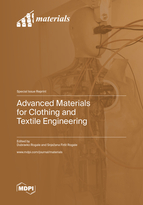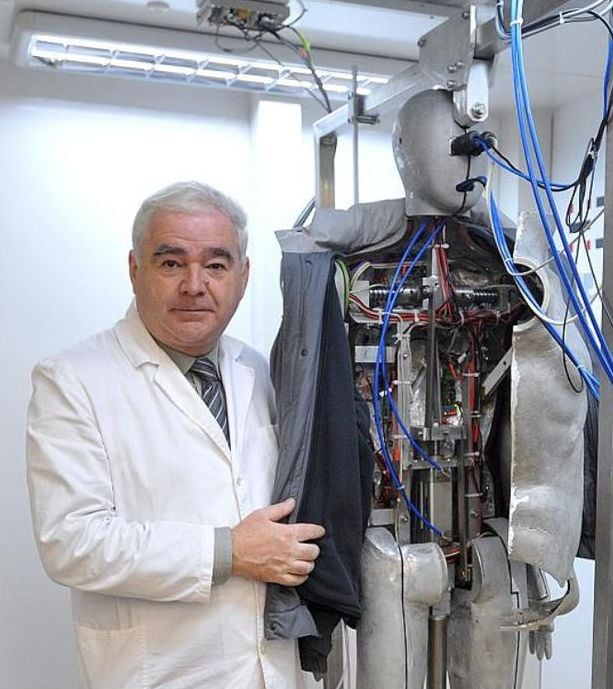Advanced Materials for Clothing and Textile Engineering
A special issue of Materials (ISSN 1996-1944). This special issue belongs to the section "Smart Materials".
Deadline for manuscript submissions: closed (20 September 2022) | Viewed by 56400
Special Issue Editors
Interests: intelligent clothing; joining technique of garment; development of measuring devices and systems; thermal properties of materials and clothing; process parameters in clothing engineering
Special Issues, Collections and Topics in MDPI journals
Interests: clothing engineering; determining machine-hand sewing times; thermal performance of clothing; protective and smart clothing
Special Issues, Collections and Topics in MDPI journals
Special Issue Information
Dear Colleagues,
Recently, there has been a significant increase in the research of textile materials, conventional, protective, smart, and intelligent clothing. This applies in particular to aspects of health protection and protection against the negative impact of the environment on human health. Research in the field of textile and clothing engineering, in addition to increasing the level of health protection, contributes to increasing the value of clothing. The price of clothing also includes the price of scientific research and expensive sophisticated materials. Therefore, more than ever, multidisciplinary research applied to the field of application of new textile materials and new techniques of processing and joining materials are needed. The main objective of this Special Issue includes but is not limited to advanced materials for clothing and their properties, design and computer construction of clothing, process parameters of textile and garment production, textile and garment production, principles and applications of joining techniques of garment using thermal connecting by conduction and convection, ultrasonic and high frequency techniques, wearable computers, conventional and protective clothing, smart textile and clothing, intelligent clothing, textile and clothing engineering, and test and measurement techniques in textile and clothing engineering.
I expect great interest in these new, modern topics and contributions from your research and knowledge, because of the importance of a multidisciplinary approach to the topics.
Prof. Dr. Dubravko Rogale
Prof. Dr. Snježana Firšt Rogale
Guest Editors
Manuscript Submission Information
Manuscripts should be submitted online at www.mdpi.com by registering and logging in to this website. Once you are registered, click here to go to the submission form. Manuscripts can be submitted until the deadline. All submissions that pass pre-check are peer-reviewed. Accepted papers will be published continuously in the journal (as soon as accepted) and will be listed together on the special issue website. Research articles, review articles as well as short communications are invited. For planned papers, a title and short abstract (about 100 words) can be sent to the Editorial Office for announcement on this website.
Submitted manuscripts should not have been published previously, nor be under consideration for publication elsewhere (except conference proceedings papers). All manuscripts are thoroughly refereed through a single-blind peer-review process. A guide for authors and other relevant information for submission of manuscripts is available on the Instructions for Authors page. Materials is an international peer-reviewed open access semimonthly journal published by MDPI.
Please visit the Instructions for Authors page before submitting a manuscript. The Article Processing Charge (APC) for publication in this open access journal is 2600 CHF (Swiss Francs). Submitted papers should be well formatted and use good English. Authors may use MDPI's English editing service prior to publication or during author revisions.
Keywords
- Textile and garment production
- Advanced materials for clothing
- Design and construction of clothing
- Joining technique of clothing
- Properties of textile and clothing
- Wearable computer
- Smart and intelligent clothing








